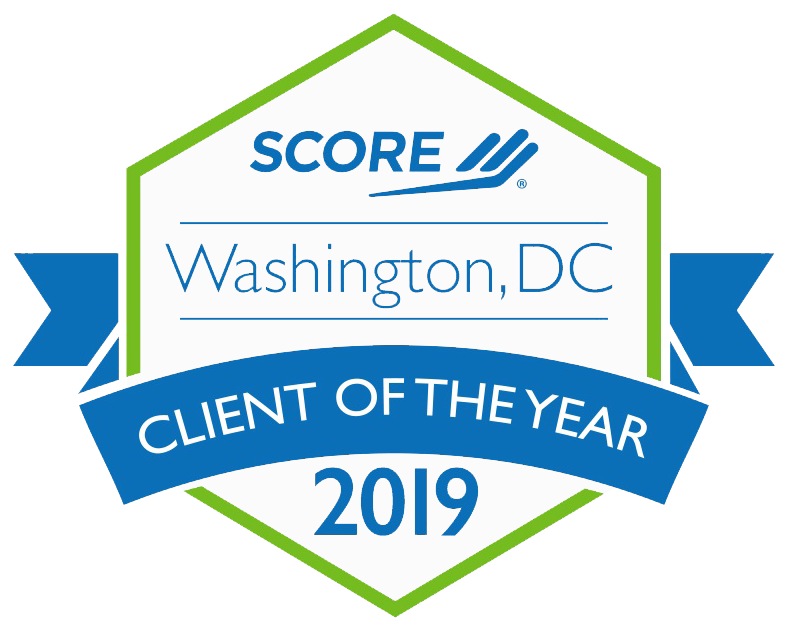In response to the prevalent racial injustice matters going on worldwide, many organizations have taken proactive measures to update their diversity and inclusion policies. In an effort to provide relevance and credibility, many organizations have released these initiatives quickly — but are not considering some key issues.
Topics of diversity and inclusion are complicated and shouldn’t be taken lightly. It’s easy for leaders at an organization to make assumptions about the root cause of their employees’ problems, rather than putting in the effort to conduct proper research. The last thing you want to do is make false promises or provide surface level statements that cannot be backed up with specific actions.
The success of diversity and inclusion programs will come to do the work of upper management (and we don’t just mean HR). Successful programs like these should be backed by measurable goals and targets, and consistently re-evaluated and adjusted by the leadership team.
We’ve taken some time to evaluate diversity and inclusion policies of nonprofit organizations and found a few common areas that can be improved.
-
A lack of data collection.
As we stated above, it’s easy for leaders to make assumptions on the root causes of employee dissatisfaction, rather than taking actionable steps to gather employee feedback. We highly recommend sending out employee satisfaction surveys on at least a 6-month basis. In fact, A UK report shows that evidence-based hiring practices are the most effective approaches to better results in diversity and inclusion initiatives. Having anonymous surveys will allow employees to open up more and admit their concerns more candidly. As the saying goes: numbers don’t lie! Employee satisfaction surveys are the most fair and credible ways of gathering employee feedback.
-
Bias in the hiring process.
In some cases, there seems to be a disconnect in the “quick fixes” an organization releases and their hiring process. For example, an organization may send out a list of diversity and inclusion resource groups, training courses, etc to their employees, but avoid those practices in the hiring process. It has to come from the top down! The best way to leave personal bias out of the hiring process is to ensure that hiring personnel don’t get to irrelevant personal details, like age, gender, ethnicity, and so on.
-
Using the “cop out” method when hiring leadership.
It seems logical to hire a person of color into a leadership position to help address diversity and inclusion issues. But despite the beliefs of some organizations, that’s not enough. The leadership team as a whole should be diverse, not just one person. True diversity comes from having a unique set of backgrounds, and that can’t fall onto one person. It’s important that diversity is a part of the talent pipeline throughout the company, not a one time deal. And that process will require careful and thorough change in the talent acquisition system.
-
Diversity and inclusion are important — but don’t oversell it.
The last thing you want to do is set overly ambitious targets without a real plan in place. Internal targets your organization creates should involve managers, executives, employees, and other stakeholders so that the initiatives are owned, not thrown upon them.
What steps has your organization taken to ensure diversity and inclusion policies are implemented properly? Leave us a comment below!
If you’re a nonprofit applying for grants and need help conveying your organizations diversity and inclusion policies, we can help! Visit our services page for more information.






